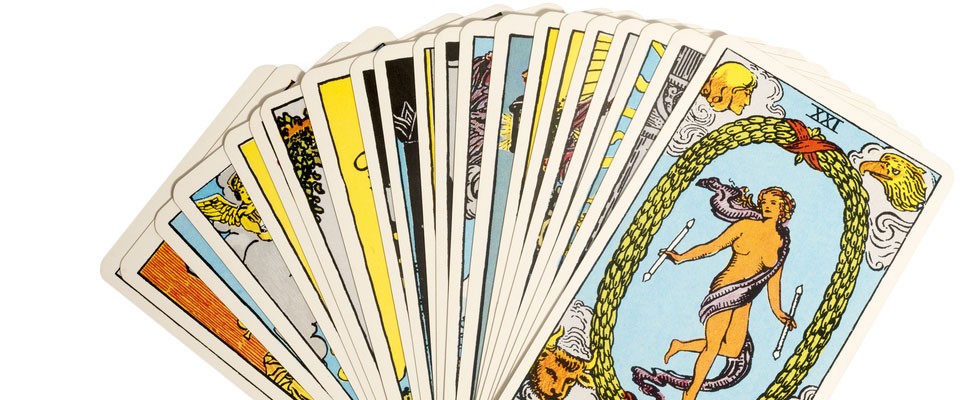
It seems like everything you eat these days is bad for you. First, eggs are part of a balanced breakfast. Then, they are filled with cholesterol, back away slowly. Next, you're allowed to eat the whites for lean protein but make sure you take out the yolks, that was where all that nasty cholesterol was hiding. Whew. And it goes like this for so many foods. Luckily our understanding of how different foods affect the body grows daily. So, for the current moment, let's review the top 5 ingredients you definitely should banish from mealtime.
{relatedarticles}
Sugar
It is much easier to omit sugar from your menu now than it was a decade ago. Sugar substitutes like Splenda allow you to continue to bake sweet things with less calories and no sacrifice on flavor. Newer alternatives like Truvia are sugar substitutes made from plants without the chemical component that scares some consumers away from artificial sweeteners.
A high-sugar intake can lead to spikes in blood sugar and the resultant crash, which makes you crave even more sugar, starting the cycle again. The way to break the cycle is by removing sugar from your diet. The best way to achieve a sugar-free lifestyle is by slowly substituting healthy foods for the sugar-filled ones you currently nosh.
For example, if you like to chew hard candy in the afternoon at work, try buying the sugar-free alternatives available in the candy aisle. Also, if you eat pastries for breakfast, try some fruit instead. If you eat strawberries, bananas, or other sweet fruit, you should be able to satisfy your cravings. Once you wean your body off of sugar, the fruit will taste as sweet as any pastry because your threshold for sweets will be lowered.
Saturated and Trans Fat
Trans fats have been shown to increase
{relatedarticles}
The easiest way to cut out both saturated and trans fat is to stop eating processed baked goods. These almost always have some amount of the bad fat because they contain partially hydrogenated oils. The partially hydrogenated oils allow the products to stay fresh on the shelf for long periods of time without spoiling. Think: Twinkies, cookies, crackers, long shelf-life baked goods, etc. Small substitutions will help you at your own dinner table. When you set out the appetizers before dinner, instead of the requisite cheese and crackers, try serving crudités with a light dip like hummus. Whatever is set out is what people will snack on, so half the battle is just making healthy options available.
You can count on thick, creamy sauces on pastas and meats to be full of these "bad fats." To pass on the pounds at dinner, make your meal without the sauce. A good cut of properly cooked meat can stand on its own. You can jazz up some bland pasta with a mix of brightly colored veggies and a dash of olive oil.Salt
Sodium increases blood pressure which is a factor in kidney disease, strokes and heart attacks. How does it do this? Well, high blood pressure can be caused by a narrowing of the arteries, increased volume of blood or the heart beating faster or more forcefully than normal. A variety of factors can influence these precursors to stroke and heart disease but if you take a few simple steps you can help lower your family's sodium intake and contingently, their blood pressure worries.
Even if you don't have high blood pressure currently, it is likely that your salt intake is 1/3 more than suggested by the Center for Disease Control. They report that Americans, on the average, consume about 3,436 mg of sodium per day. This is 1,136 mg more than suggested. It is about 1,500 mg more than what high-risk people, like someone over 40 years of age, should consume.
{relatedarticles}
African-Americans and people with a history of high blood pressure are also considered high risk. Measured out, this amounts to one teaspoon per day. Now, reflect on how much salt you add at the dinner table and then add that to the sodium already present in the processed or frozen and canned foods you consumed today.
Processed foods are some of the highest contributing factors to a salty diet. Picking the salt off your pretzel won't do much, but purchasing fresh vegetables and making your own soups and stews gives you control over your health and sodium intake.
The easiest thing to do is just stop making the salt available for everyday use. Out of sight, out of mind. Next, try replacing it with some tasty alternatives. Try garlic powder, different varieties of pepper, fresh herbs, or fresh lemon wedges.
Refined Carbohydrates
Congratulations if you made it through the low-carb craze unscathed. Now that you feel okay adding some carbohydrates back into your diet, make sure you incorporate the right ones. How do you tell the difference between refined and complex carbs?
{relatedarticles}
Even though you may read "whole wheat" on your bread label, this does not necessarily mean it is whole grain. A brown-colored bread or pasta doesn't necessarily mean whole grains, so be sure to check the label and look for the words "100% whole grains."
Since refined carbohydrates have had their nutrients processed out, your body needs to draw from its own nutrient supply to metabolize the sugars which have been concentrated from the refining process.
To avoid breads and pastas with refined carbs, stay away from anything listed as "enriched" and instead buy things that have whole grains listed as the first ingredient. Avoid white breads and pastas in addition to baked goods.












